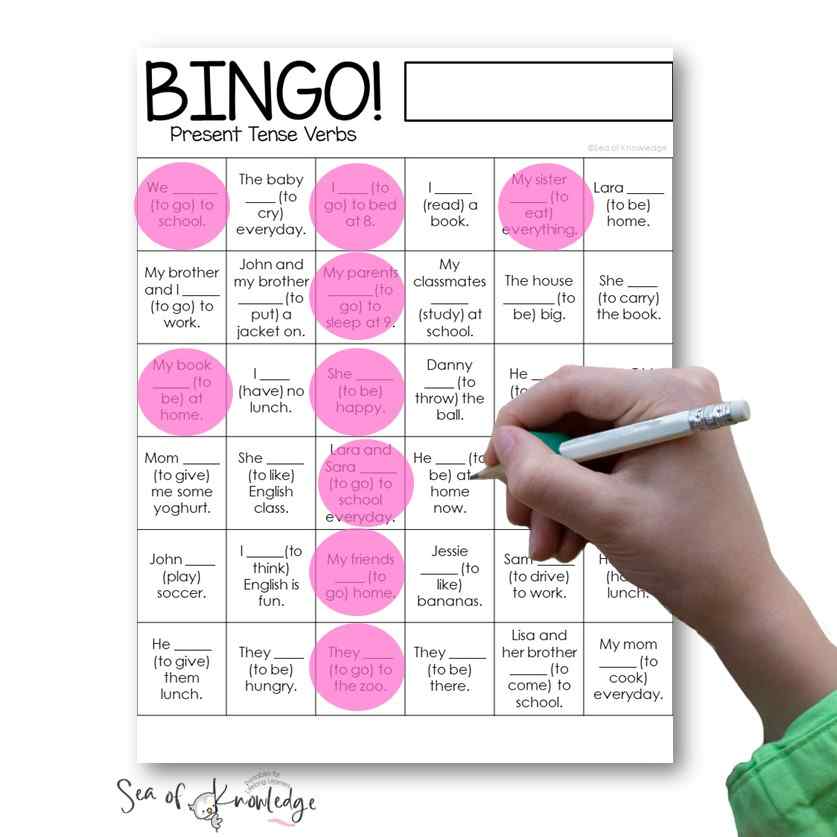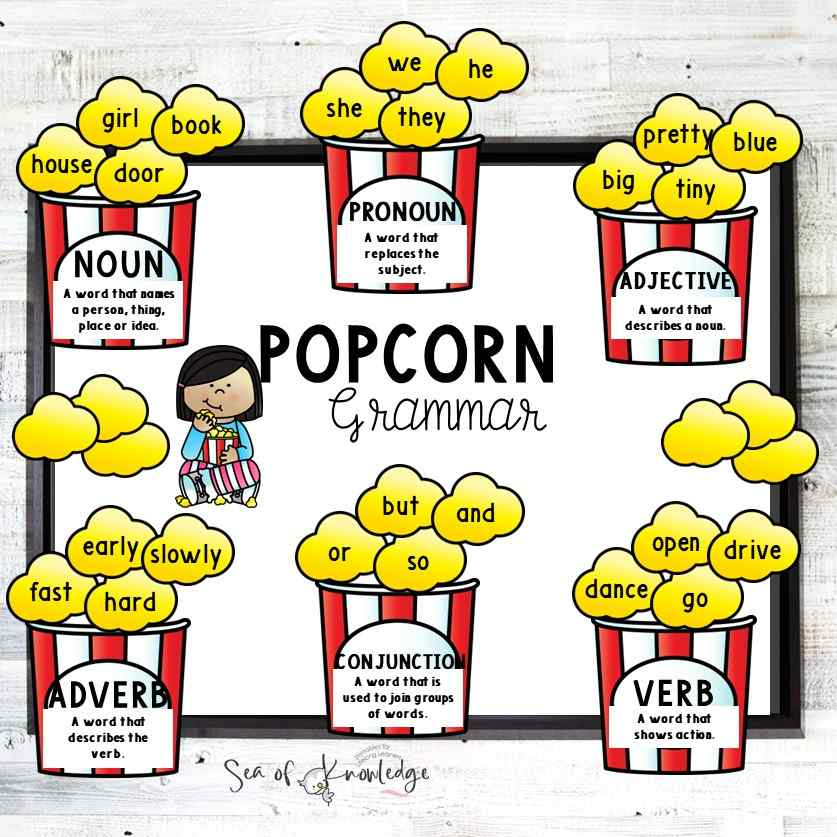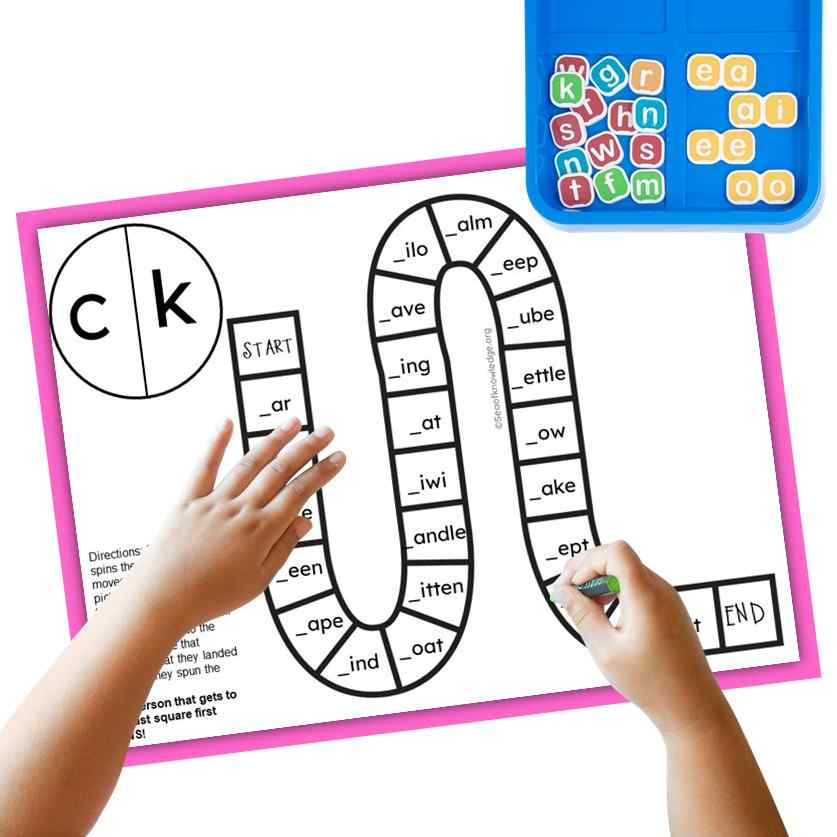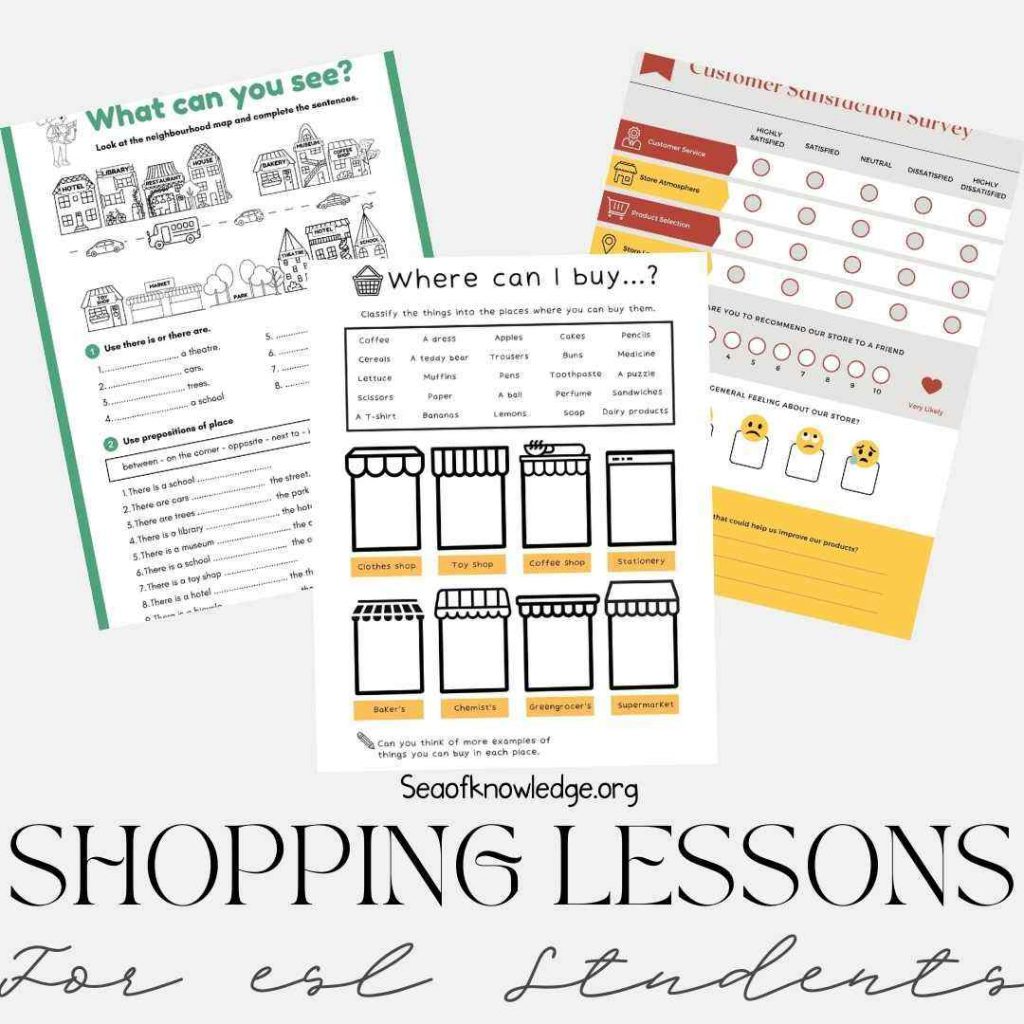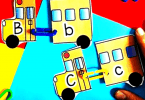Welcome, teachers, homeschoolers, and parents! This do does printable game is great for kids. Are you searching for an engaging and educational activity to help your students or children master the usage of “do” and “does” in sentences? Look no further!
Grammar games are a fun way to get young learners and adult learners working on their grammar, sentence structure and more. THis game can be played as a game board, add it to your list of fun games during grammar.

In this blog post, we’ll explore a fantastic printable board game that will make learning grammar fun and effective.
Whether you’re a teacher looking for a classroom activity or a parent homeschooling your child, this game is perfect for reinforcing the concepts of “do” and “does.” Let’s dive in!
It also works great for grammar reviews, get the PDF file below.
Understanding “Do” and “Does”
Before we jump into the game, it’s essential to understand the usage of “do” and “does” in sentences. “Do” and “does” are auxiliary verbs used to form questions and negative statements in the present simple tense.

“Do” is used with plural subjects and the pronouns “I,” “you,” “we,” and “they.” On the other hand, “does” is used with singular subjects and the pronouns “he,” “she,” and “it.”
For example:
– I do my homework every day.
– She does her chores in the morning.
Do does printable game
Now that we have a clear understanding of “do” and “does,” let’s introduce the printable bingo game.
This game is designed to provide hands-on practice and reinforce the correct usage of “do” and “does” in sentences. It’s a great way to work on sentence structure, grammar and more.
This game also includes present simple questions along with simple present tense sentences.
These fun educational games are perfect for small groups, and make a fun activity for when you need to work on grammar and introduce a fun game aspect.
Here’s how it works:
Step 1: Download and Print the Game Worksheet
Start by downloading and printing the game worksheet. You can find a link to download the printable game at the end of this blog post. Make sure you have enough copies for each student or child participating.
Step 2: Instructions
Explain the rules of the game to the students or children. The objective is to complete the sentences using the correct form of “do” or “does” to match the subject. Encourage them to read each sentence carefully and decide whether to use “do” or “does” based on the subject.
Step 3: Play the Game
Distribute the game worksheets and allow the students or children to work individually or in pairs. Encourage discussion and collaboration to enhance the learning experience. Remind them to pay attention to the subject of each sentence to choose the correct form of “do” or “does.”
Step 4: Play the Bingo Game
Once the students or children have completed the worksheet, go through the answers by playing a bingo game together as a group.
Discuss any questions they may have and provide explanations where needed. Explain that they will need to get 6 in a row to get BINGO.

You can call out the sentences from your own bingo sheet and then highlight them as you go.
Additional Tips for Teaching “Do” and “Does”
While the printable game is a fantastic tool for teaching “do” and “does,” here are a few additional tips to enhance the learning experience:

1. Real-Life Examples: Relate the usage of “do” and “does” to real-life situations. For example, discuss daily routines, chores, and activities to help students or children understand how these verbs are used in everyday contexts.
2. Interactive Activities: Incorporate interactive activities like role-plays, conversations, or question-and-answer sessions. This will encourage students or children to actively use “do” and “does” in spoken language, strengthening their understanding.
3. Visual Aids: Utilize visual aids such as charts, posters, or flashcards to reinforce the usage of “do” and “does.” Visual representation can make grammar concepts more accessible and memorable.
4. Ongoing Practice: Encourage ongoing practice by incorporating “do” and “does” exercises in regular classroom or homeschooling activities. This will help reinforce the learning and ensure long-term retention.
How to teach the essential verbs ‘do’ and ‘does’
Teaching the usage of “do” and “does” can be an interactive and engaging process. To effectively teach these auxiliary verbs, it’s important to follow a few key steps.
Firstly, introduce the concept of “do” and “does” in a clear and concise manner.

Explain that “do” is used with plural subjects and the pronouns “I,” “you,” “we,” and “they,” while “does” is used with singular subjects and the pronouns “he,” “she,” and “it.” Provide examples to illustrate their usage in simple sentences.
Next, incorporate real-life examples to help students grasp the practical application of “do” and “does.” Discuss daily routines, chores, and activities, encouraging students to use these verbs in context.
This will deepen their understanding and make the concept more relatable.
To reinforce the learning, engage students in interactive activities. Encourage role-plays, conversations, and question-and-answer sessions where they can actively use “do” and “does” in spoken language. This hands-on approach will enhance their comprehension and retention of the grammar rule.
Visual aids, such as charts, posters, or flashcards, can also be valuable teaching tools. These visuals provide a visual representation of the subject-verb agreement and help students visualize the correct usage of “do” and “does.”
Finally, provide ongoing practice opportunities. Incorporate “do” and “does” exercises into regular classroom or homeschooling activities.
This could include worksheets, quizzes, or even incorporating the verbs in writing assignments. Regular practice will solidify students’ understanding and reinforce their ability to use “do” and “does” correctly.
By following these steps and employing a variety of teaching techniques, educators can effectively teach “do” and “does” to their students, ensuring a strong foundation in English grammar.
Teaching the negatives ‘don’t’ and ‘doesn’t’
Alright, let’s dive into teaching ESL learners how to use the negatives ‘don’t’ and ‘doesn’t’ in sentences.
This is an important aspect of English grammar, and with the right approach, we can make it fun and engaging for our students.
First things first, it’s crucial to explain that ‘don’t’ is used with plural subjects and the pronouns ‘I,’ ‘you,’ ‘we,’ and ‘they.’
On the other hand, ‘doesn’t’ is used with singular subjects and the pronouns ‘he,’ ‘she,’ and ‘it.’ This helps students understand when to use each form and avoid confusion.

To make the concept more relatable, bring real-life examples into the mix.
Discuss common activities or habits and ask students to make negative statements about them using ‘don’t’ and ‘doesn’t.’ For instance, you could say, “I don’t like eating spicy food,” or “She doesn’t enjoy playing basketball.”
Encourage students to share their own examples, making the lesson interactive and encouraging active participation.
Visual aids can work wonders here. Create posters or flashcards with illustrations and sentences demonstrating the use of ‘don’t’ and ‘doesn’t.’
These visuals will help students visualize the negative form and reinforce their understanding. Plus, they add an element of fun to the learning process.
Now, let’s get creative with activities! Incorporate games or role-plays where students can practice using ‘don’t’ and ‘doesn’t’ in sentences.
You could create a scenario where they have to give advice using negatives, like “Don’t forget to bring your umbrella,” or “She doesn’t need to worry about the test.”
This not only strengthens their grammar skills but also encourages critical thinking and problem-solving.
Lastly, provide ample practice opportunities. Assign worksheets or exercises that focus on using ‘don’t’ and ‘doesn’t’ in various contexts.
Encourage students to write short paragraphs or engage in class discussions using negatives. The more they practice, the more confident they will become in their usage.
Remember, teaching the negatives ‘don’t’ and ‘doesn’t’ to ESL learners should be an interactive and enjoyable experience.
By incorporating real-life examples, visual aids, engaging activities, and ample practice, we can ensure our students grasp this grammar concept effectively and gain confidence in their English communication skills.
Do does printable game
Download the “Do” and “Does” Printable Game Worksheet.
We hope you find this blog post helpful and that your students or children enjoy the game! If you have any questions or suggestions, feel free to leave a comment below. Happy teaching and learning!
Teaching grammar can be engaging and effective when using creative resources like printable games.
The “Do” and “Does” printable game we’ve introduced in this blog post is an ideal tool for teachers, homeschoolers, and parents to help their students or children master the usage of “do” and “does” in sentences.
By making learning interactive and enjoyable, we can foster a deeper understanding of grammar concepts.
Remember, practice and repetition are key to mastering any language skill.
With the printable game and the additional tips we’ve shared, you can create an engaging learning environment that nurtures your students’ or children’s language development.
So go ahead, download the printable game, and watch as your students or children become confident in using “do” and “does” correctly!

